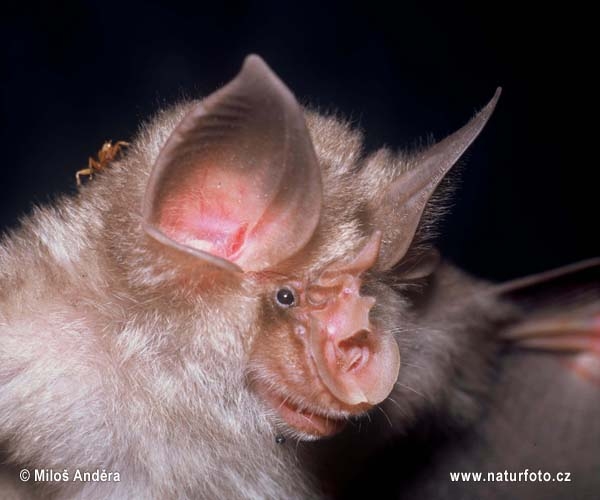8 April, 2012, at 19.00 UTC
What is the link between bats and radio astronomy?
 Bats are amazing animals that utilize ultrasonic sound to navigate and hunt insects in the dark.
Bats are amazing animals that utilize ultrasonic sound to navigate and hunt insects in the dark.
Thanks to microelectronics, we now can search for bats using a device called a "batdetector". This device transforms the ultrasonic sounds into audible sounds in real-time.
So in a bat’s life it’s all about waves and frequencies—just as in radio astronomy.
Jan van Muijlwijk describes his passion for bats and the amazing way they use ultrasonic sound. This presentation was broadcast on April 8, 2012.
Ustream plays a short ad before the presentation begins.
Biography of Jan van Muijlwijk
I got my amateur radio licence in 1978 and since that time I have been rather active on a lot of the amateur radio bands (mainly VHF and UHF).
I always dreamed about doing Earth-Moon-Earth (EME) radio contact, but it took until 2006 before this finally came within my grasp.
Techniques that were too difficult or too expensive (or both) in the old days have now evolved and are within amateur reach. Also, the possibilities of the computer are a welcome addition to the ability to receive the very very faint radio reflections from the moon.
In 2004 I ran into someone who told me about the Dwingeloo radio telescope and the ideas for giving it a second life. On that day my life changed.
Within months, I was up to my neck into the Dwingeloo project. It is so great to be able to rescue this first-ever 25-meter dish, which means so much for radio astronomy. And it is so fantastic to do EME with it and experience the amazingly strong signals it produces and receives from the moon!
This project attracts all kinds of people with all kinds of interests, and it is an absolute joy to work with them and to enjoy the capabilities of this magnificent dish.
Bats drew my attention in 1994. I have always been very interested in nature, but bats eventually stole my heart. Bats produce ultrasonic sounds which cannot be heard by the human ear. But with a device called a “batdetector,” you can hear them. When I experienced this for the first time, a whole new world of sound opened up for me.
Since then I’ve been doing a lot of lectures and excursions about bats. It’s very rewarding, especially when some kids are in the audience.
As a young boy at the age of 8, I sang a lot at school. I loved to sing and my teachers liked my singing, so it probably was not too bad. But as I grew up—and as my family is not particularly musical—I did not develop my singing abilities. Then at the age of 35, I met a choir director and before I knew it I found myself singing in his choir. A lot of choirs have difficulties finding men who love/like/dare to sing, so since that day I’ve been singing in several choirs.
The one thing that all those hobbies/passions (and my work) have in common is WAVES. Sound waves at my work, sound waves when I sing, ultrasound waves when I listen for bats, and radio waves when I do amateur radio!
###







